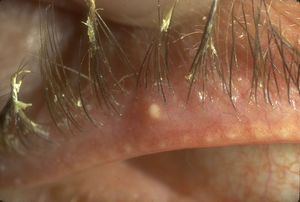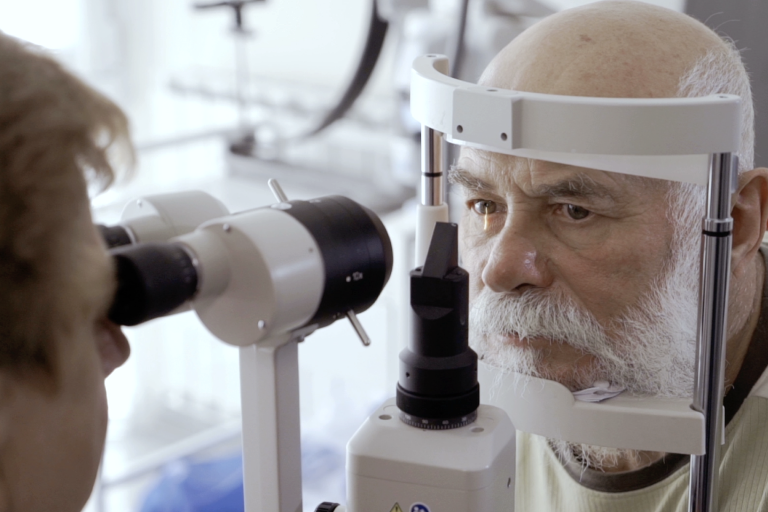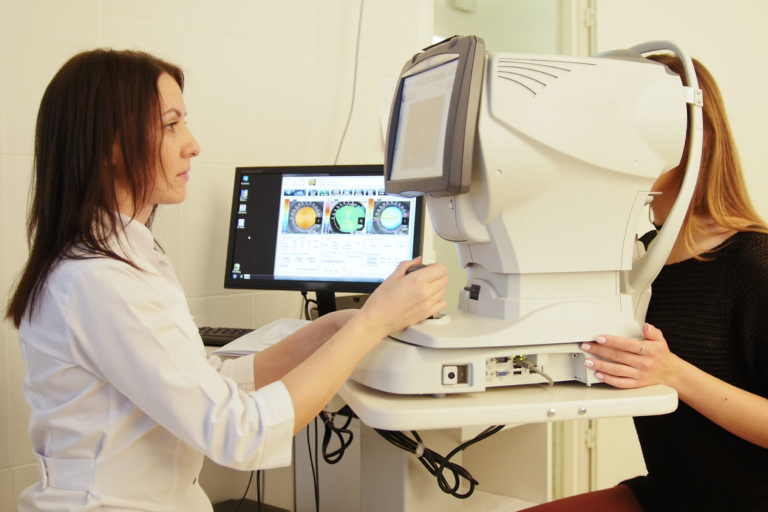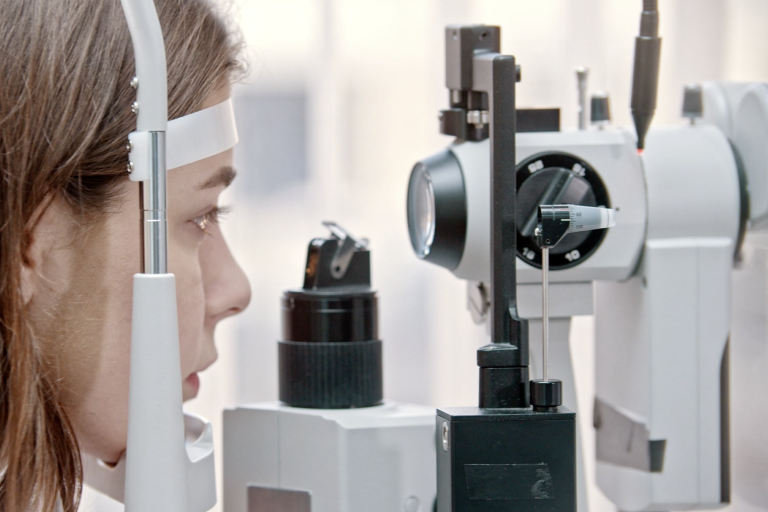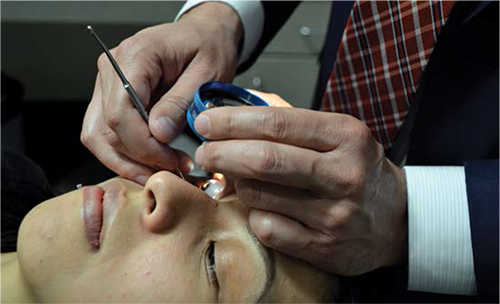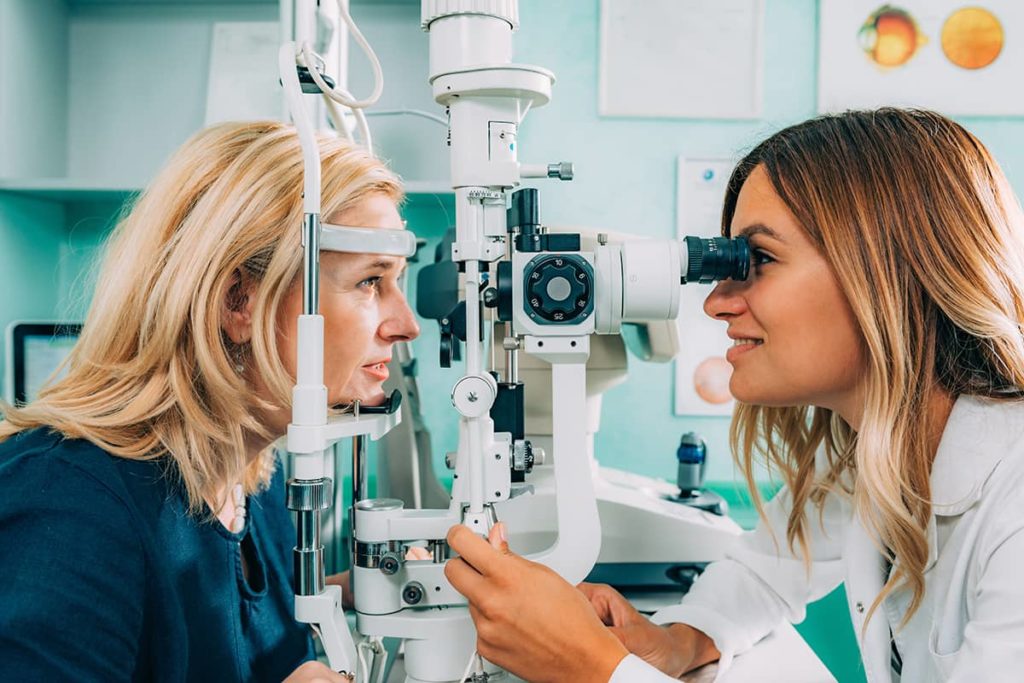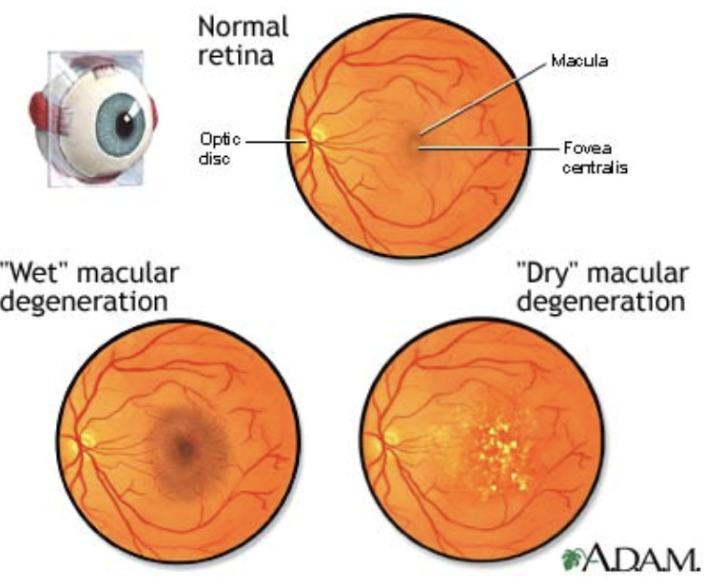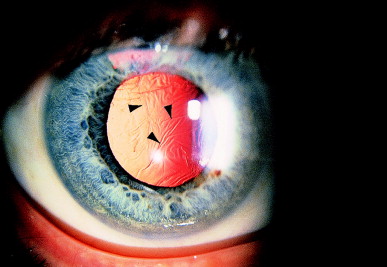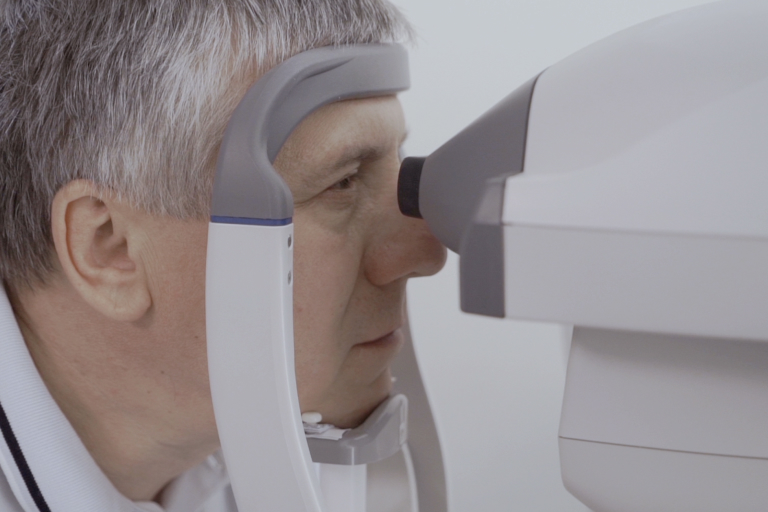What Are Styes and Chalazions? Styes, also known as hordeolums, and chalazions are small, painful lumps that develop on the eyelid when an oil gland or hair follicle becomes clogged or infected. Chalazions and styes can appear very similar, but chalazions are typically less tender and more difficult to treat.
Causes: Styes typically occur when the oil glands located at the base of the eyelashes become infected with bacteria. This can happen when these glands become clogged with dirt, dead skin cells, or makeup residue, providing a breeding ground for bacteria. Chalazions, however, result from the blockage of oil glands in the eyelids, leading to the accumulation of oil and inflammation.
Symptoms: The symptoms of styes and chalazions can be similar, making it challenging to differentiate between the two. Common symptoms include:
- Redness and swelling of the eyelid
- Tenderness or pain
- Sensation of a lump or bump on the eyelid
- Watery eyes
- Blurred vision (if the stye or chalazion is large enough to press on the eye)
Treatment: Treatment for styes and chalazions may vary depending on their severity and underlying cause. Here are some common treatment options:
- Warm Compresses: Applying warm compresses to the affected eyelid can help soften the blockage, promote drainage, and alleviate symptoms.
- Lid Hygiene: Practicing good eyelid hygiene, such as gently cleaning the eyelids with a mild cleanser, can help prevent the recurrence of styes and chalazions.
- Antibiotics: In cases of bacterial infection, your doctor may prescribe antibiotic ointments or oral antibiotics to help clear the infection.
- Steroid Injections: For persistent or large chalazions, steroid injections may be administered to reduce inflammation and promote healing.
- Incision and Drainage: In some cases, particularly if the stye or chalazion does not respond to other treatments, a healthcare professional may need to make a small incision to drain the fluid or pus.
Prevention: To reduce the risk of developing styes and chalazions, consider the following preventive measures:
- Avoid touching or rubbing your eyes with unwashed hands.
- Remove makeup before going to bed to prevent clogging of the oil glands.
- Replace old or expired eye makeup products regularly.
- Practice good eyelid hygiene by cleaning your eyelids daily.
Styes and chalazions are common eyelid conditions that can cause discomfort and inconvenience. While they share some similarities in symptoms, they have distinct causes and treatments. By understanding the differences between the two and implementing preventive measures, you can effectively manage these conditions and reduce their impact on your daily life. If you experience persistent or severe symptoms, consult with an eye care professional for proper diagnosis and treatment.
Whenever possible, we would like to help you treat your eyelids at home. However, when you need additional help call us at 801-658-5486 to schedule a consultation.
